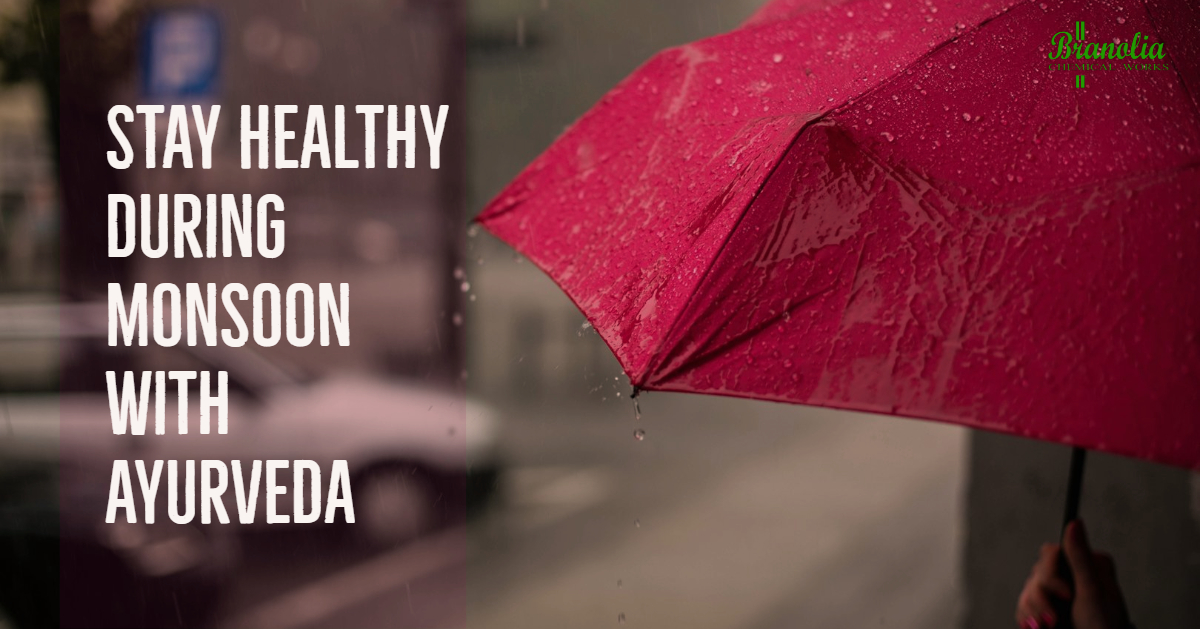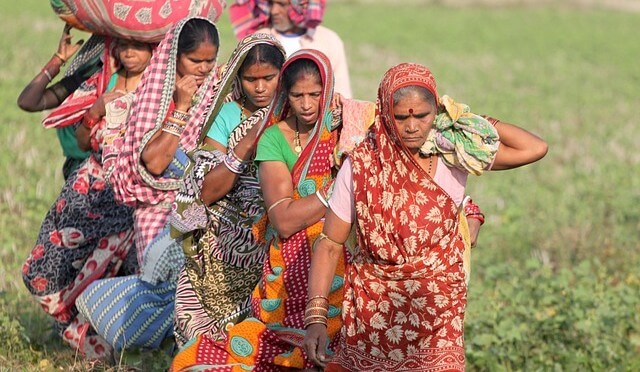“Jingle Bells, Jingle Bells, and Jingle all the way, Santa Claus is coming to town, riding on his sleigh!”
So finally it is Christmas Time and time for a New Year!!!
The entire atmosphere is laced with the spirit of Christmas from churches to lighted streets to colorfully decorated shops. It’s that time of the year when everyone is encouraged to be joyful, charitable, generous and kind. The festivity and spirit of this season pervade all, and no one can resist its joyous essence. But the festive season also brings in with it a lot of stress. Overindulgence with food and festivity leaves a person bloated, hung-over, miserable and with a worse state of overall health. All these things add up to more stress. However, it can be prevented with Ayurveda.

Some of the simple things that can be adhered to by the people during the festive season to avoid stress during the Christmas season are:
An Ayurvedic Toast
Christmas is celebrated during the cold winter months in the northern hemisphere. In order to keep the body warm a drink with the right kind of spices and ayurvedic herbs will be of great help. The things required to make a healthy warm drink that can be toasted on Christmas is :
Ingredients
- 5 – 6 fresh mint leaves
- 5 – 6 holy basil leaves
- 4 – 5 lemongrass stalks about 6 inches long
- 1 cup of water
- 1 cup of orange or apple juice
- Salt or sugar as preferred
Instructions
- Boil water over medium heat
- Let it boil gently for about one minute
- Put the mint, basil leaves and roughly chopped lemongrass in a glass with one cup of orange or apple juice
- Add 3 teaspoons of salt or raw sugar
- Pour boiling water slowly into the glass
- Cover and let it rest for five minutes
This drink is best suited for those with respiratory ailments like a cough and cold. This drink is also used to enhance immunity by balancing all the three doshas.
Cooking an Ayurvedic Dinner
An ayurvedic meal comprising of grains, beans or lentils, vegetables are healthy and are effective in keeping diseases at bay. They also help in digestion and add variety, taste, and interest to the meal.
The festive seasons are meant for us to enjoy and are important for our mental well – being. Proper healthy food is essential to balance the Doshas.
Branolia Chemicals have ayurvedic health tonics to address various issues related to bodily functions. Branolia’s Honey Guard, Livonia, Bitocough are all essential ayurvedic health tonics to balance the doshas.
The saying, “ A man is what he eats” is taken a step further by Ayurveda which also adds that it is not only what one eats but also how and when. Ayurveda always recommends a balanced approach to eating food that is fresh, digestible, satisfying our senses and prepared with love and care.











 Monsoon stems from an Arabic word meaning ‘seasons’. After the hot and humid summer months, the rains come as a blessing for one and all. Whether it drizzles or comes down as a wall of water, the soft vibration over the green landscape that mutes the noises of daily life reduces the intense speed of our usual activities. The monsoon season is a time of introspection, a period which through nature’s support is ideal for meditation and Ayurvedic treatments.
Monsoon stems from an Arabic word meaning ‘seasons’. After the hot and humid summer months, the rains come as a blessing for one and all. Whether it drizzles or comes down as a wall of water, the soft vibration over the green landscape that mutes the noises of daily life reduces the intense speed of our usual activities. The monsoon season is a time of introspection, a period which through nature’s support is ideal for meditation and Ayurvedic treatments.